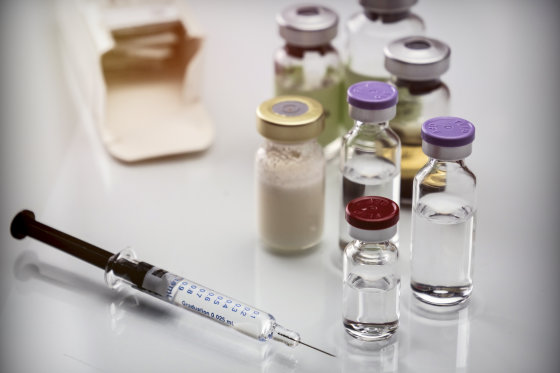The mystery of more than 100 years, 'Why people lose consciousness with general anesthesia' finally elucidated

It is
Studies on the mechanism of general anesthesia | PNAS
https://www.pnas.org/content/early/2020/05/27/2004259117
Scientists May Have Finally Figured Out How General Anesthesia Works | IFLScience
https://www.iflscience.com/health-and-medicine/scientists-finally-figured-general-anesthetics-work/

The mystery was solved by a member of the American Academy of Sciences, the chemist Dr. Richard Lerner, who is the president of the Scripps Institute , and Dr. Scott Hansen, a molecular biologist at the institute. The two researchers conducted experiments using a nanoscale super-resolution microscope and live Drosophila cells.
In previous studies, the effect of anesthetics was related to the solubility of anesthetics in lipids, and therefore it has been considered to be related to lipids contained in the biological membrane of brain cells. So researchers ask whether anesthesia acts directly on proteins called ion channels in biological membranes, or whether anesthesia acts on biological membranes to signal them in ways that have not been previously identified. Apparently decided.

A five-year study found that general anesthesia disrupts lipid clusters called lipid rafts in biological membranes. Observations using the Nobel Prize in Chemistry 'dSTORM' microscope technology revealed that when cells were exposed to chloroform, the range of lipid clusters called GM1 greatly expanded. When GM1 spreads, it begins to release its content, an enzyme called phospholipase D2 (PLD2).
When researchers tag PLD2, PLD2 headed from GM1 to another lipid cluster, phosphatidylinositol diphosphate (PIP2), which was 'like if a billiard ball was hit.' It seems that it was. Hansen explained that PLD2 activates the major molecules of PIP2 and 'freezes' the firing capacity of neurons, causing people to lose consciousness.
When researchers conducted experiments on live flies, those with deleted PLD expression showed resistance to sedative effects. It was confirmed that flies with deleted PLD expression need to be given twice the amount of anesthetic to obtain a sedative effect. On the other hand, the elimination of PLD expression did not completely eliminate the effect of anesthetics, so it is thought that other effects are also involved in sedation. The researchers suggest that the findings could provide clues to other mysteries of brain activity.
Related Posts:
in Science, Posted by darkhorse_log







